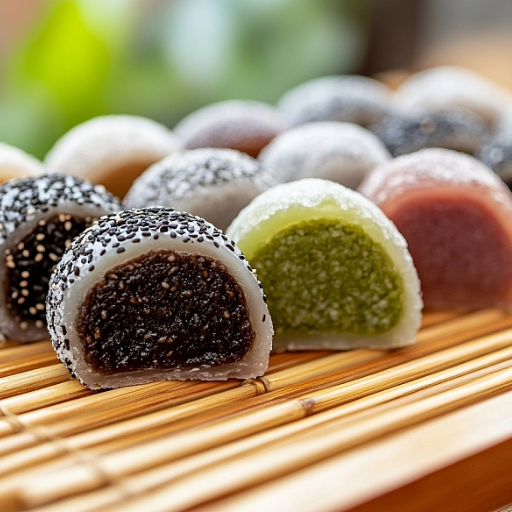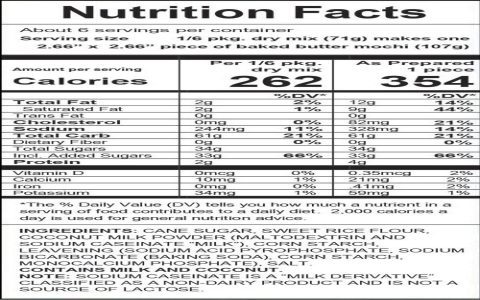Mochi's weight-loss compatibility depends heavily on portion control and specific choices. While inherently calorie-dense, it can fit into a calorie-controlled diet if consumed mindfully.
Calorie Breakdown of Mochi
A single piece of traditional plain mochi (roughly 1.4 oz or 40g) typically contains:
- 100-120 calories
- 0.5-1g Fat
- 25-28g Carbohydrates (primarily refined starches and sugars)
- 1-2g Protein
- Minimal Fiber
Factors Affecting Weight Loss Suitability
- Small Serving Size: One piece contains significant calories for its size. Consuming multiple pieces quickly adds excess calories.
- High Glycemic Index (GI): Made primarily with glutinous rice flour, mochi is high in refined carbohydrates. It causes rapid spikes in blood sugar, potentially increasing hunger later.
- Filling and Sauce Impact: Fillings like sweet red bean paste (anko), ice cream, or drizzled sauces drastically increase calories, fat, and sugar content. A filled mochi can easily contain 150-250+ calories per piece.
- Low Satiety: Due to low fiber and protein content, mochi doesn't promote prolonged fullness compared to whole grains or protein-rich snacks.
- Nutrient Profile: Offers minimal vitamins, minerals, or fiber essential for a balanced weight-loss diet.
Can You Include Mochi in a Weight Loss Diet?
Yes, but cautiously:

- Strict Portion Control: Limit to ONE small piece occasionally, treating it as a high-calorie treat, not a snack.
- Choose Plain: Opt for plain, unfilled mochi where possible to minimize added sugars and fats.
- Track Calories: Account for the significant calories (100-120+) within your daily calorie budget.
- Pair Wisely: Consider pairing with a protein source to slightly mitigate the blood sugar spike.
- Prioritize Nutrient-Dense Foods: Ensure mochi doesn't displace more filling, nutritious foods like vegetables, lean proteins, and whole grains in your diet.
Conclusion
Mochi is not inherently weight-loss friendly due to its calorie density, high refined carb content, and low satiety. However, a single, plain piece can be consumed occasionally within a balanced, calorie-deficit diet with strict portion discipline. Filled or iced varieties are significantly less suitable due to much higher calorie counts.












